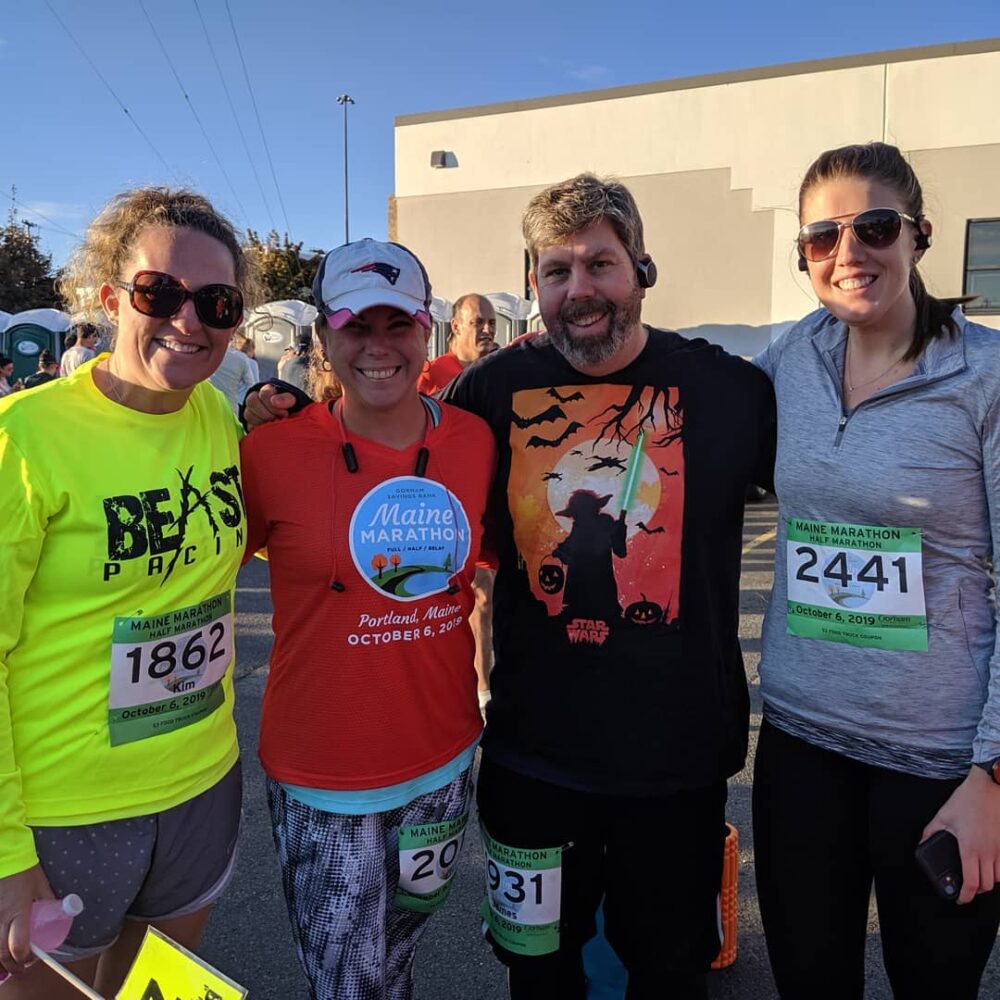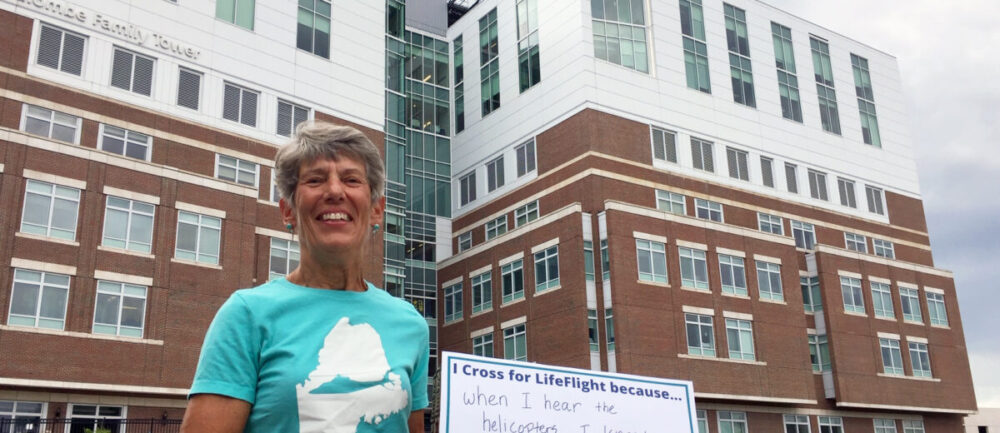Sideline Stories: Sam LaRiviere, PT, DPT, Triathlete
From Swimmer to Triathlete: A Journey Rooted in Passion and Purpose By Sam LaRiviere, PT, DPT
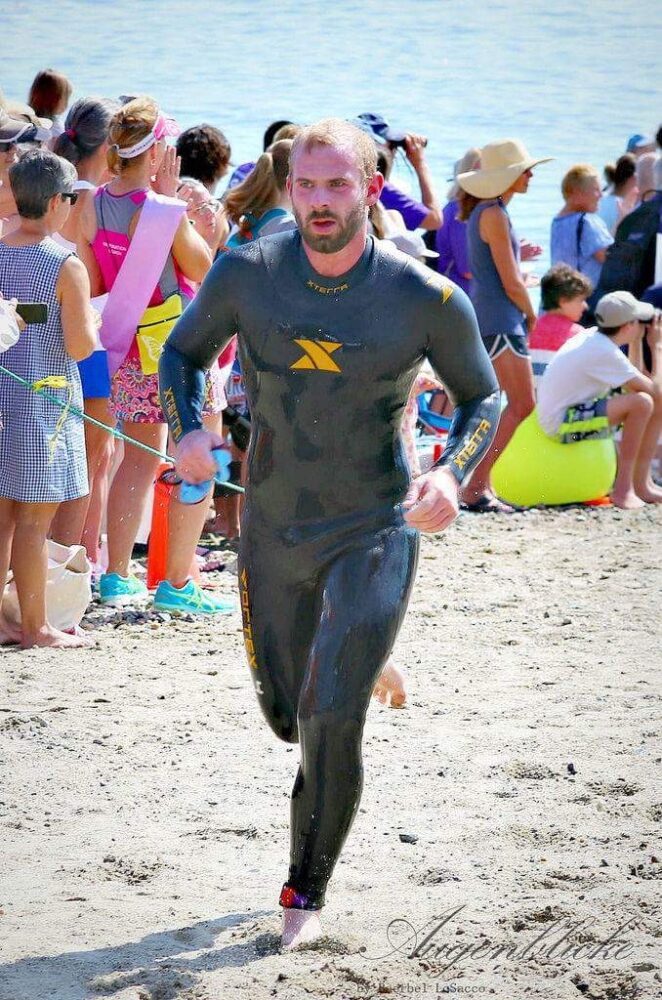
For as long as I can remember, swimming has been at the core of who I am. I thrived in the structure, camaraderie, and challenges of the sport. Growing up in Maine, I swam competitively for the Sanford YMCA Titans and Massabesic High School, earning Academic All-American honors and serving as the Maine Athlete Representative to Maine Swimming LSC. I was also part of numerous record-breaking relay teams—experiences that helped shape both my character and competitive spirit.
More importantly, it introduced me to the value of community: teammates who pushed me, coaches who believed in me, and mentors who inspired me. But like many athletes, my path included setbacks—in my case, repeated injuries that introduced me to the world of physical therapy. One session in particular changed everything: a sports medicine doctor suggested Springfield College not just for PT school, but as a place to swim and learn. That advice set the course for my career.
That passion for athlete development has also led me to work at the highest levels in the swimming world. As a member of the USA Swimming High-Performance Rehabilitation Network, I provide coverage for national and international meets for the U.S. National Team, ensuring athletes have the care and support they need to perform at their best. I completed a rotation at the U.S. Olympic Training Center in Colorado Springs, where I worked with the U.S. Para Swimming and Paratriathlon teams during their training camps— an experience that reinforced the importance of blending expertise with empathy. This helped deepen my commitment to supporting swimmers in Maine. I’ve had the privilege of working with athletes across the state, focusing on injury prevention, dry land training, swim stroke analysis, and personalized coaching to help them stay strong, healthy, and competitive.
Triathlons felt like a natural evolution of my athletic identity. With a strong background in swimming, the challenge of integrating cycling and running was both humbling and energizing. What drew me in wasn’t just the competition—it was the opportunity to connect my passion for sport with a deeper purpose: helping others. Just as physical therapy allowed me to support athletes through injury and recovery, triathlons gave me a platform to coach, educate, and empower athletes across all disciplines.
That passion extends into my work today, where I aim to be a resource for all things endurance—whether it’s coaching, injury prevention, performance optimization, or specialized services like bike fitting. I love being a one-stop shop for athletes who are striving toward their goals, no matter where they are in their journey. Participating in Tri Maine events has been a full-circle experience. These races are more than just competitions—they’re a celebration of Maine’s endurance community. Whether I’m racing or cheering from the sidelines, I’m constantly inspired by the grit, determination, and joy that athletes bring. It’s not about who finishes first—it’s about showing up, giving your all, and growing through the process. It’s also about connection—bringing together pockets of triathletes from across the state and building something bigger than ourselves.
As a triathlete, I’ve learned to embrace the grind and celebrate the small wins: a smoother transition, a stronger brick workout, a more focused mindset on race day. But more than that, triathlon has taught me that success isn’t just measured in splits and finish times— it’s found in the community that lifts you up, keeps you accountable, and celebrates your journey every step of the way.
Maine is the perfect backdrop for triathlon. Its rugged coastlines, crystal-clear lakes, forest trails, and charming small towns create a training environment that’s as inspiring as it is challenging. But what truly sets it apart is the people. Maine’s tight-knit communities rally around athletes with unmatched encouragement and authenticity. It’s a place where seasoned racers, curious newcomers, and everyone in between can train, recover, learn, and grow—together. Here, surrounded by community and the beauty of the outdoors, endurance sports truly reflect Maine “the way life should be.”
Sam is shown competing in the annual Polar Bear Triathlon.
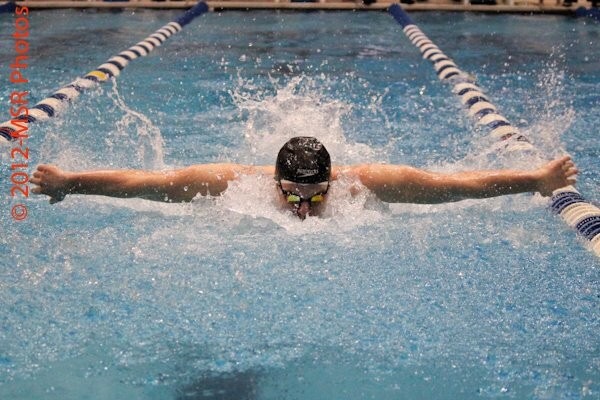


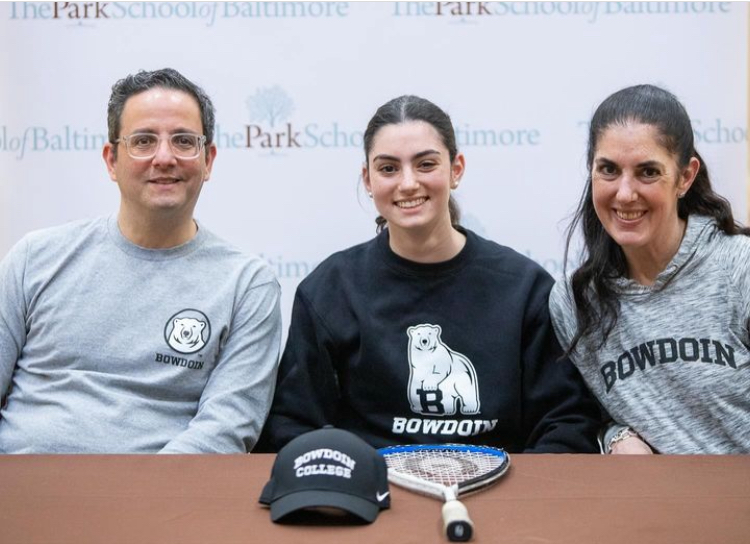

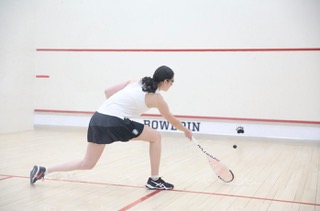
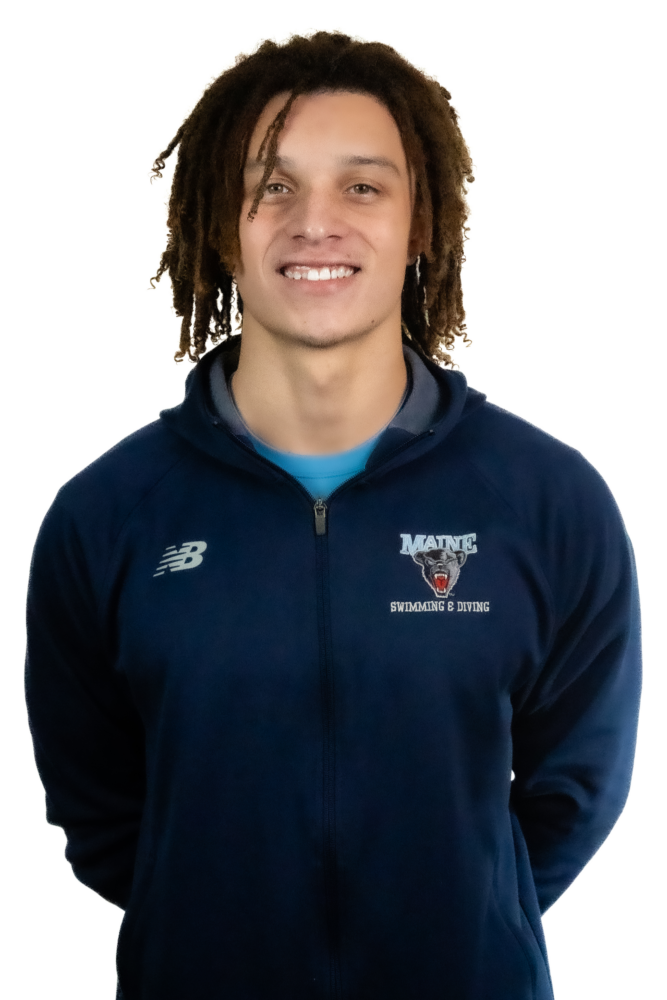

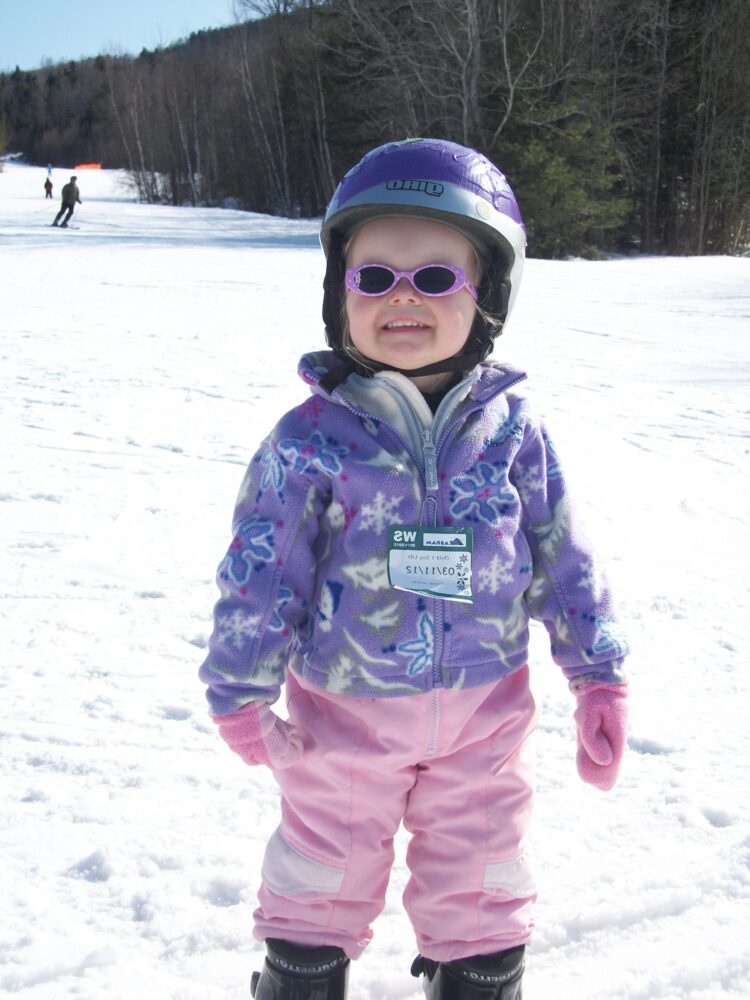
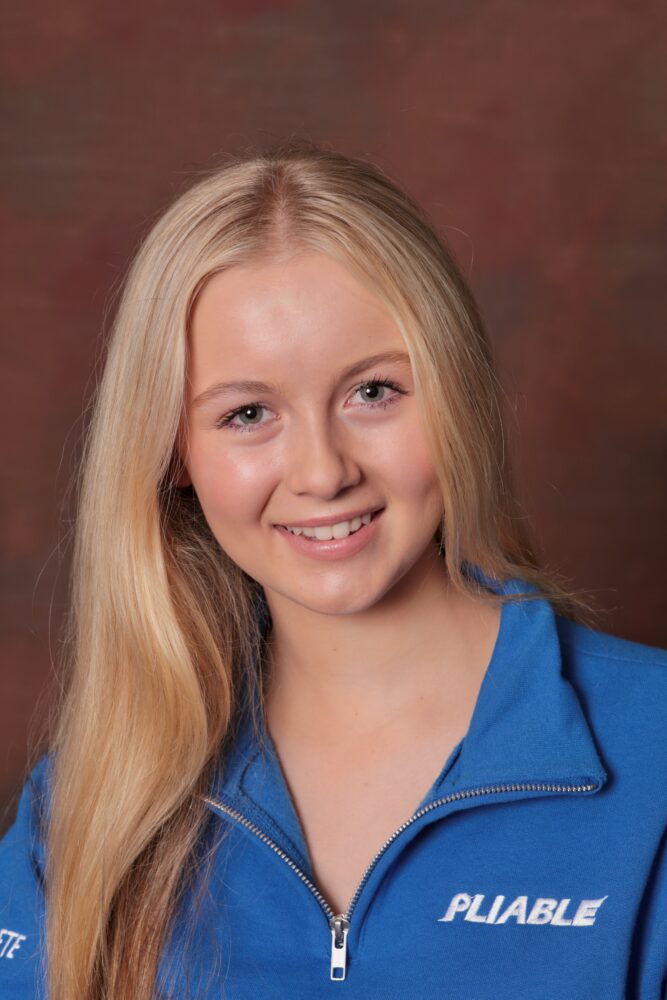
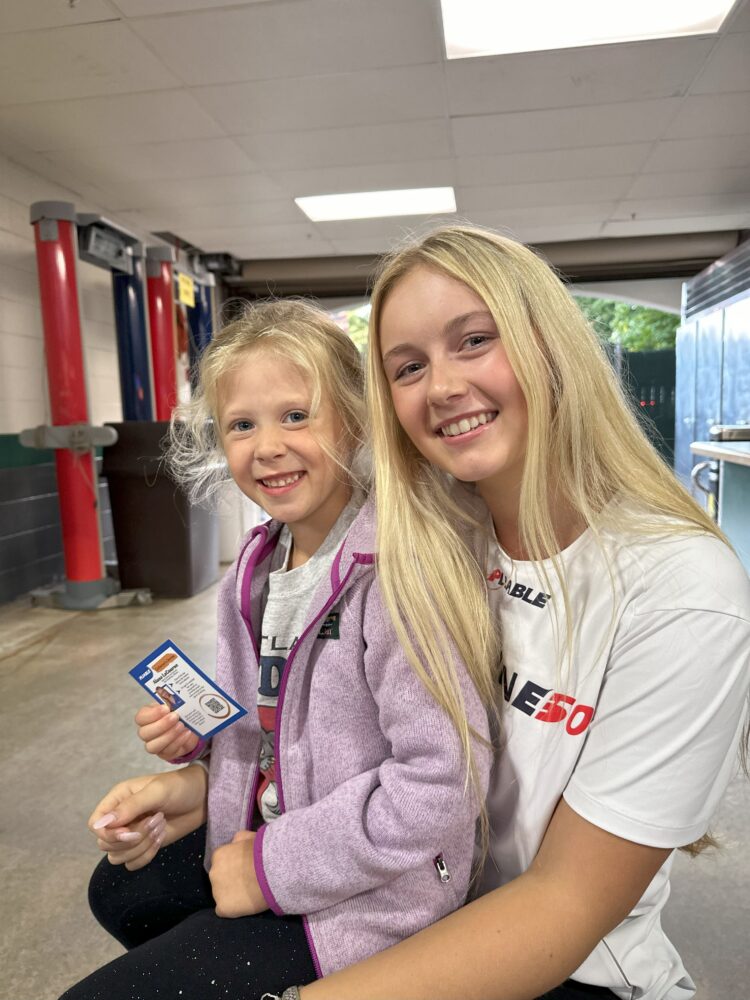
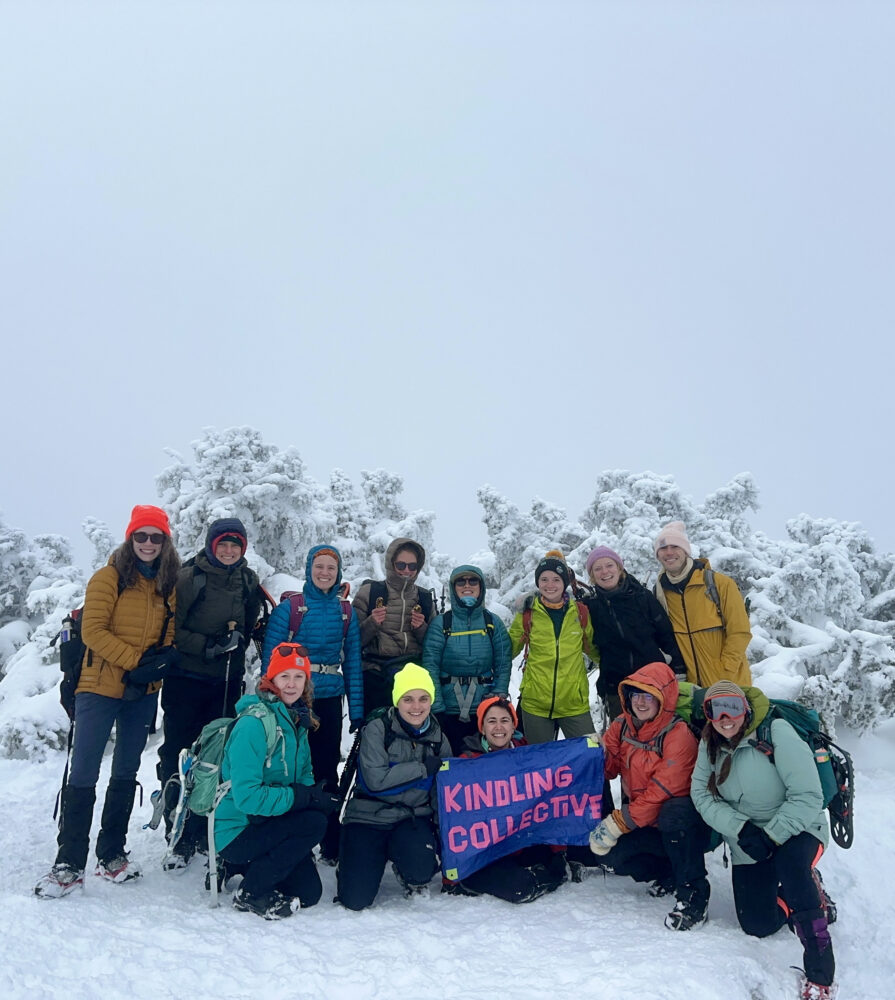 I
I 

